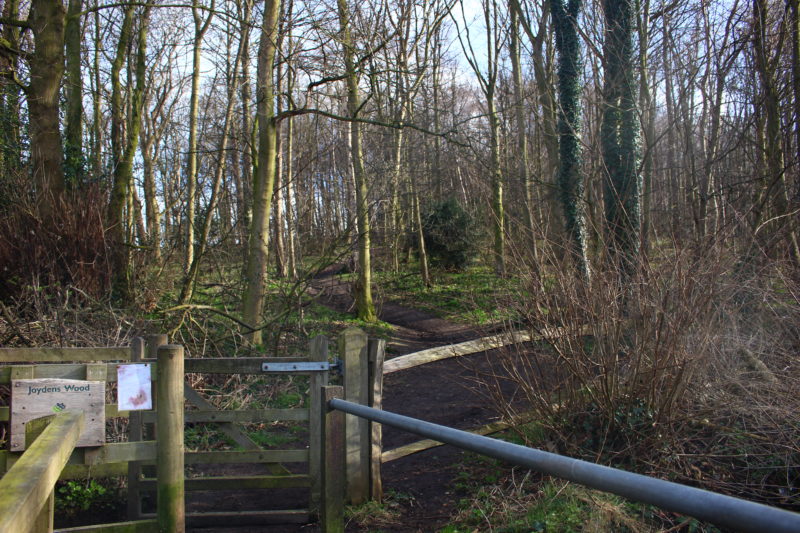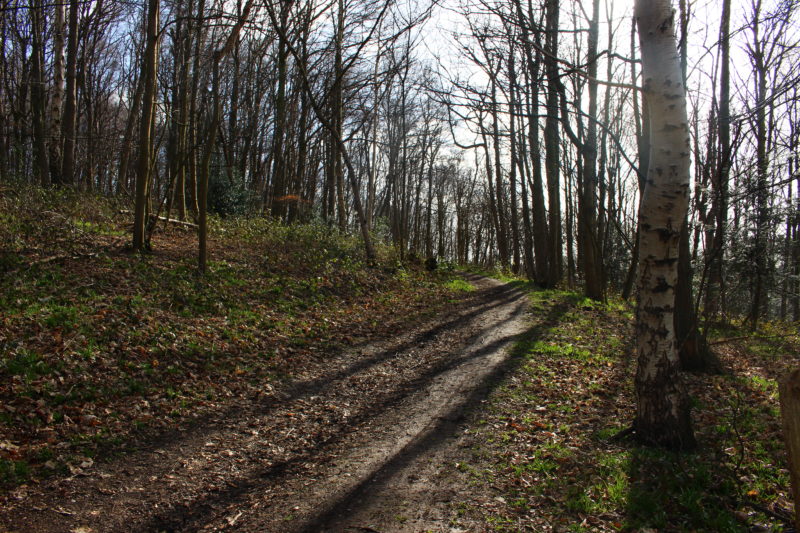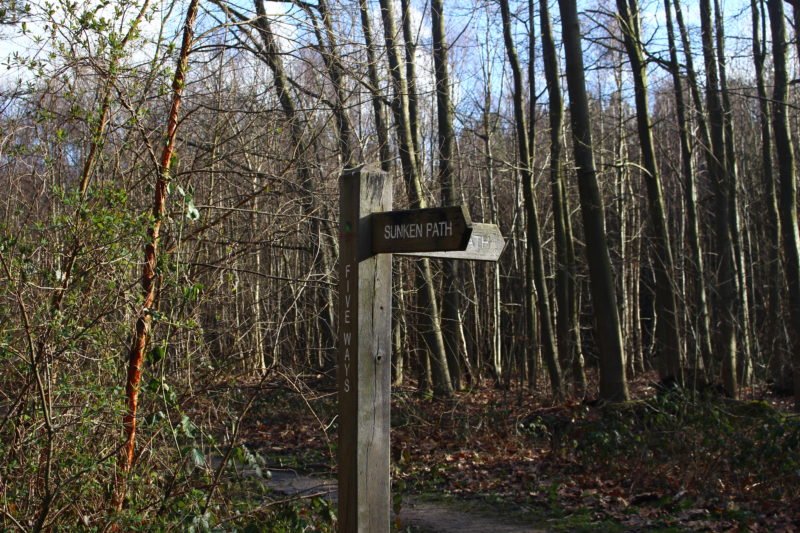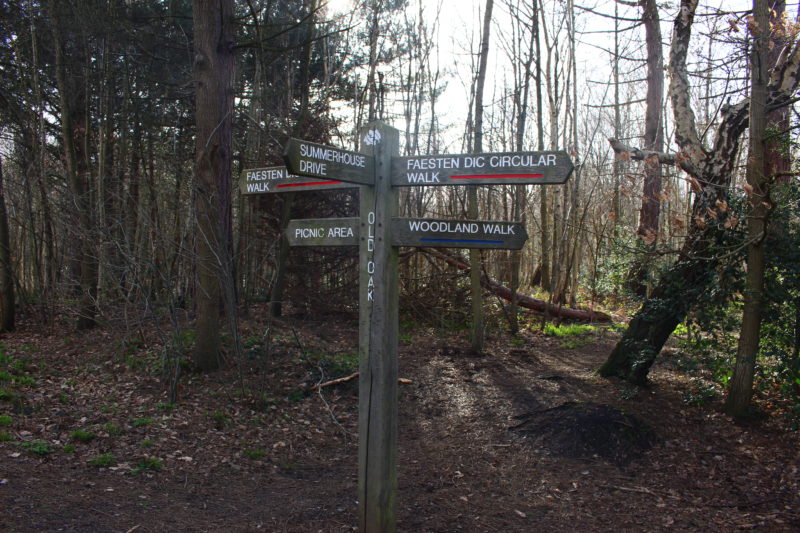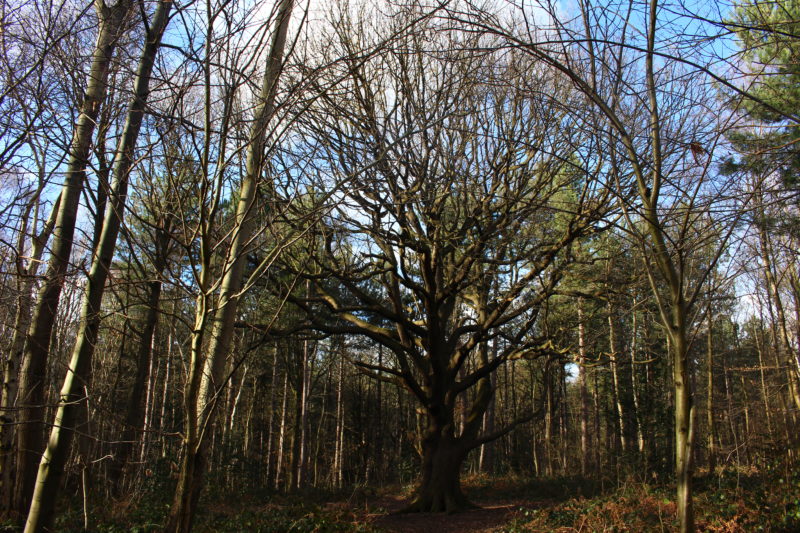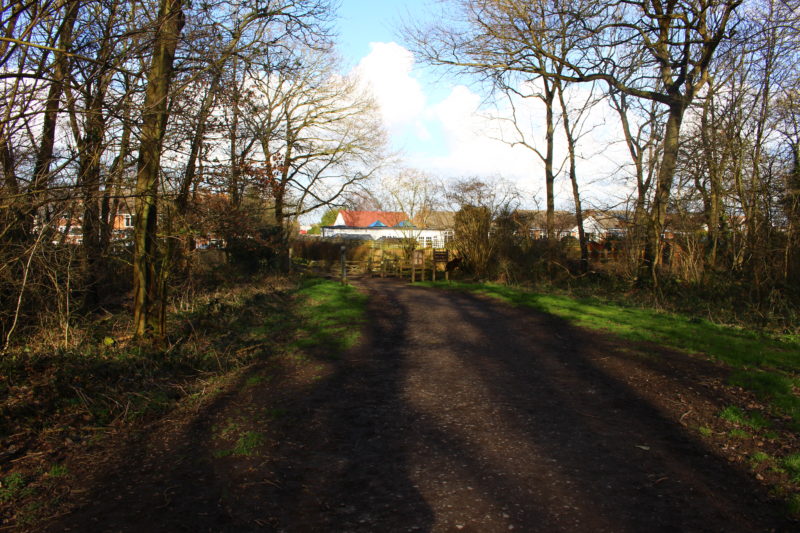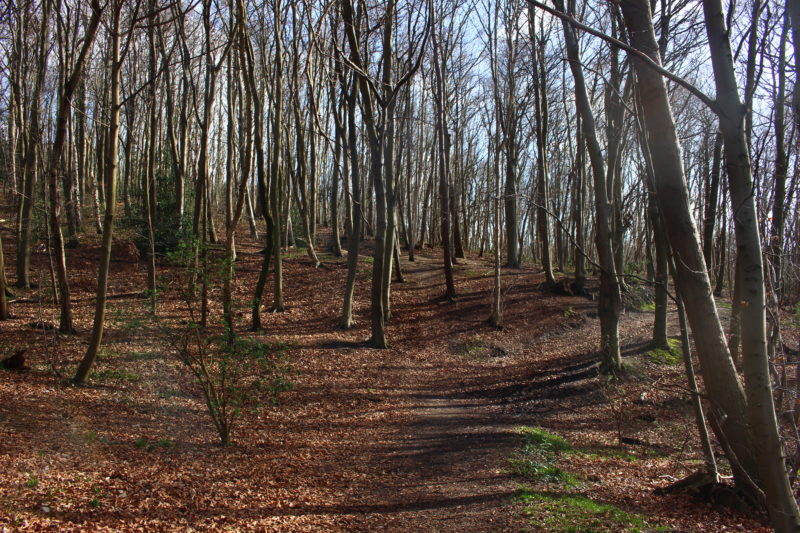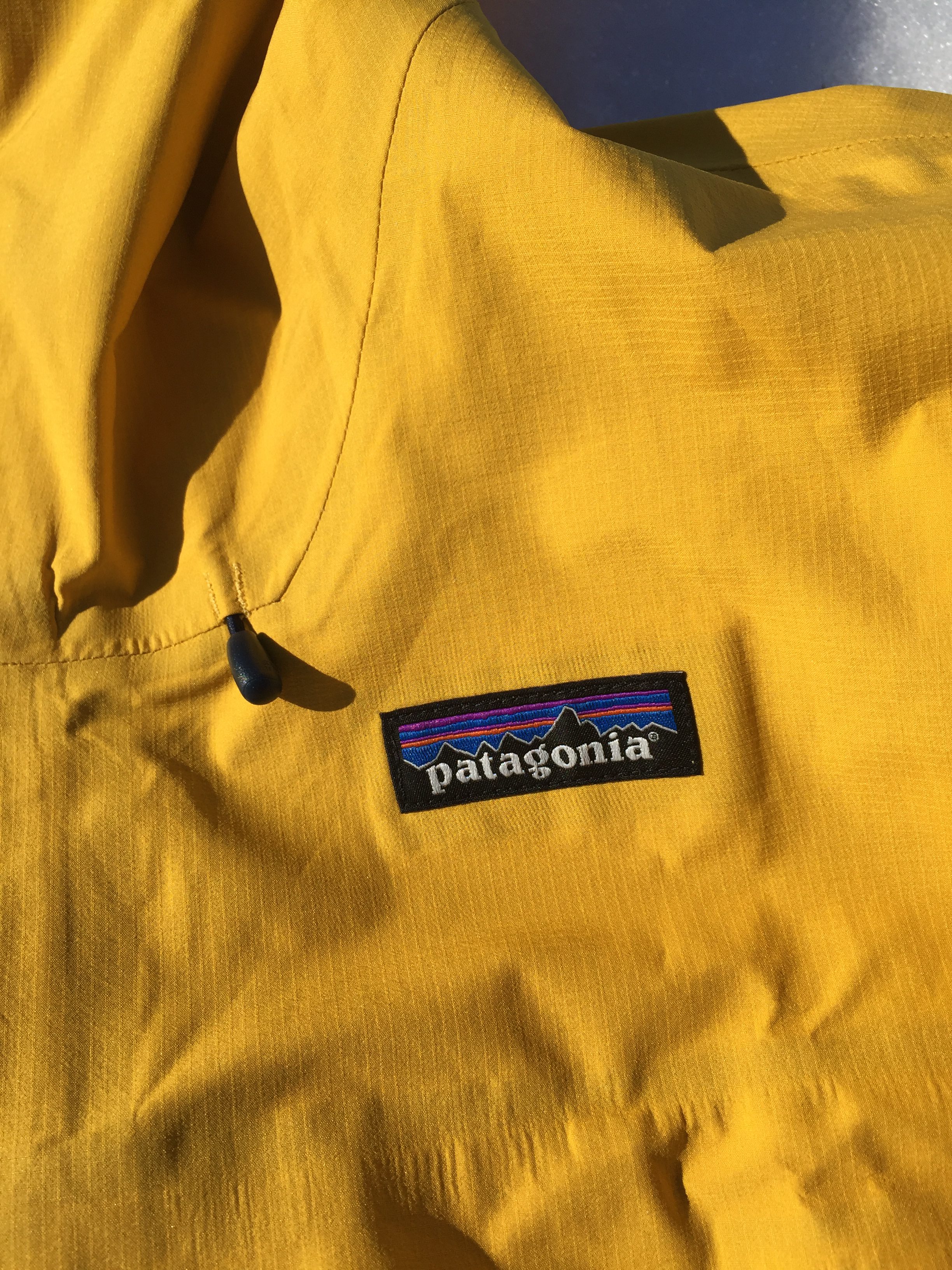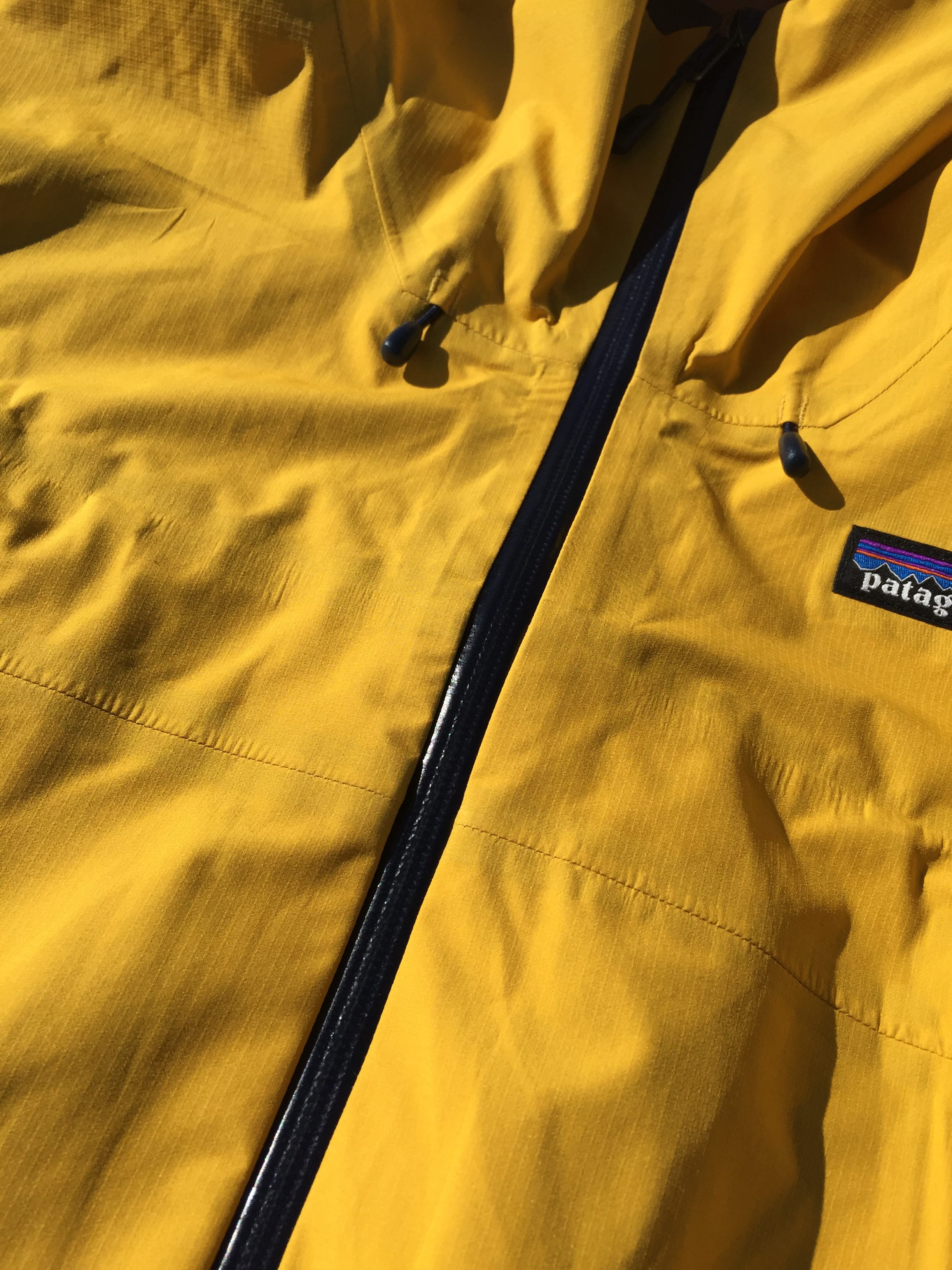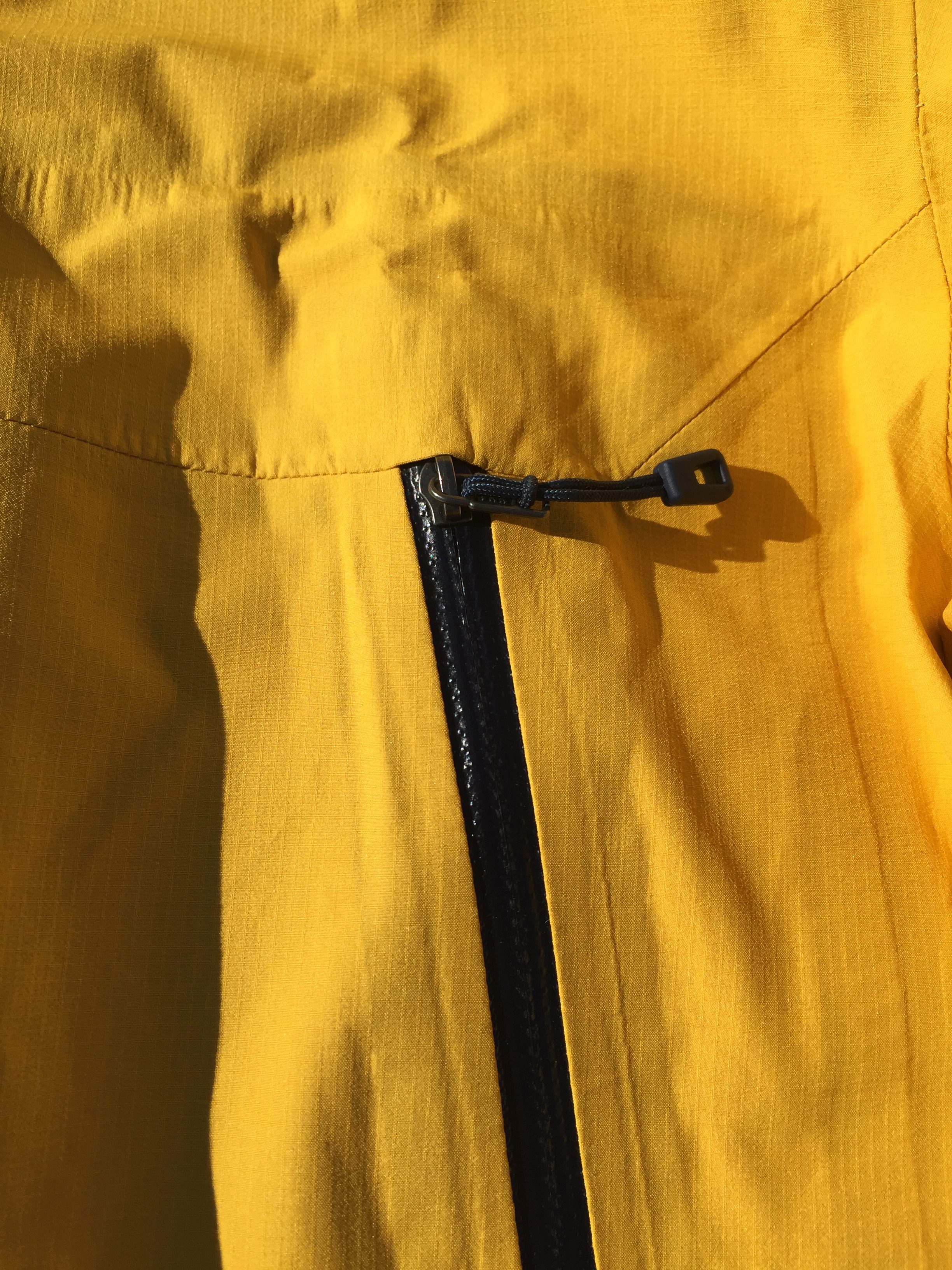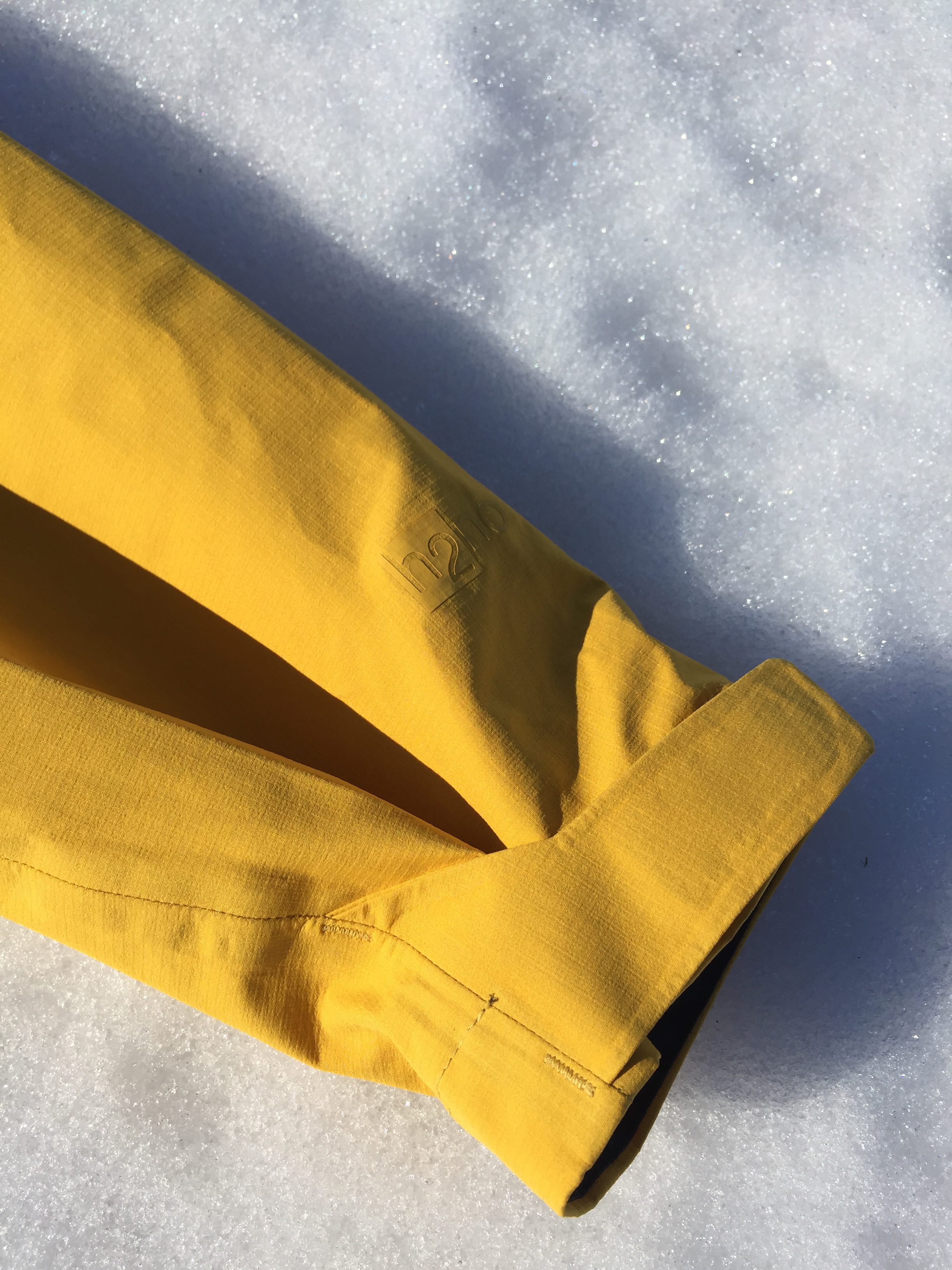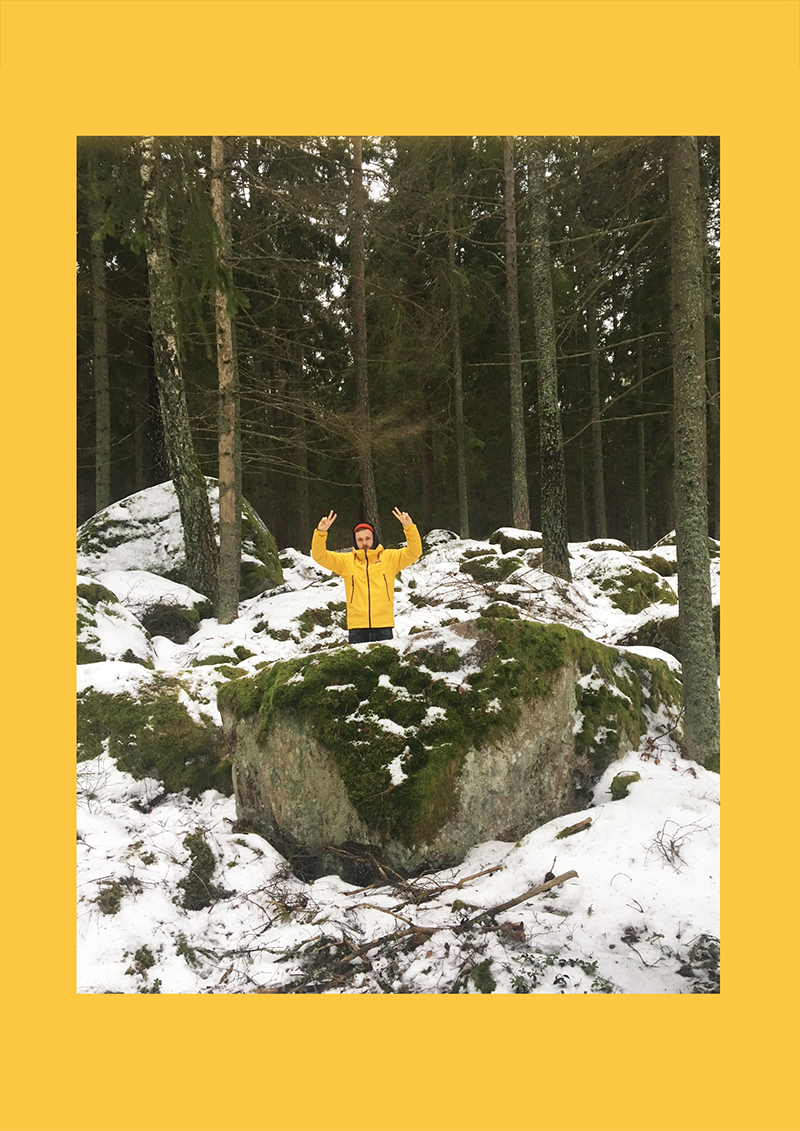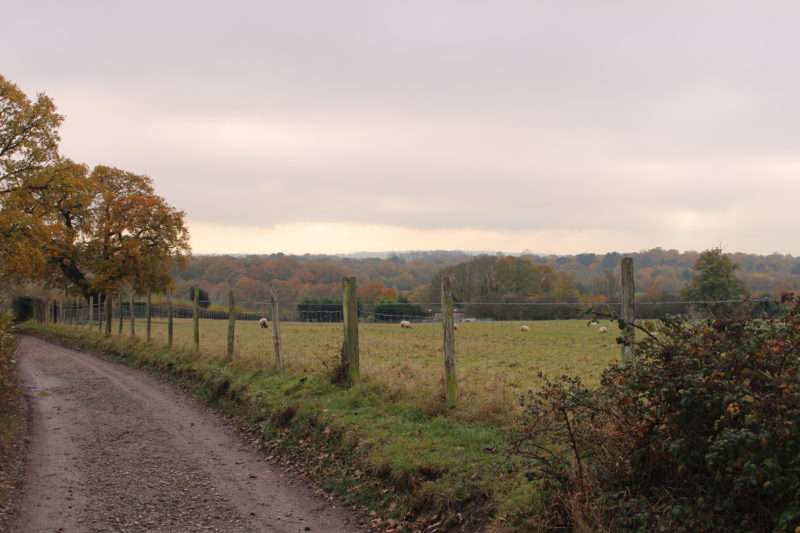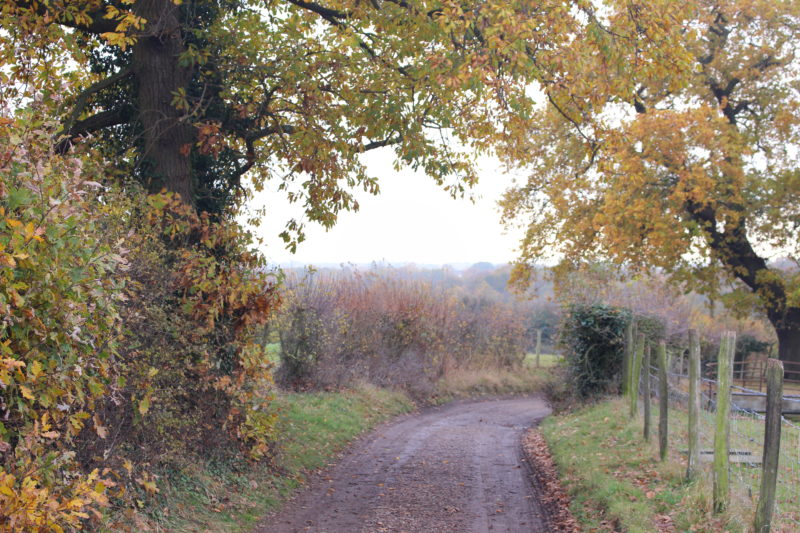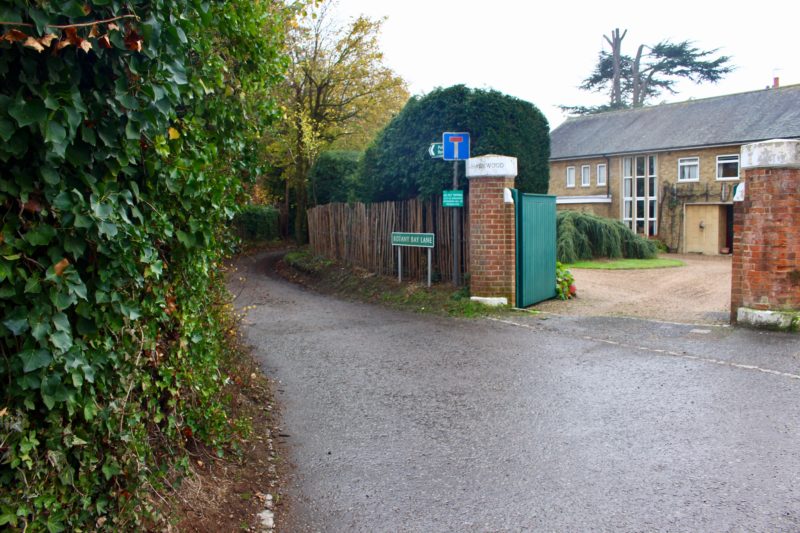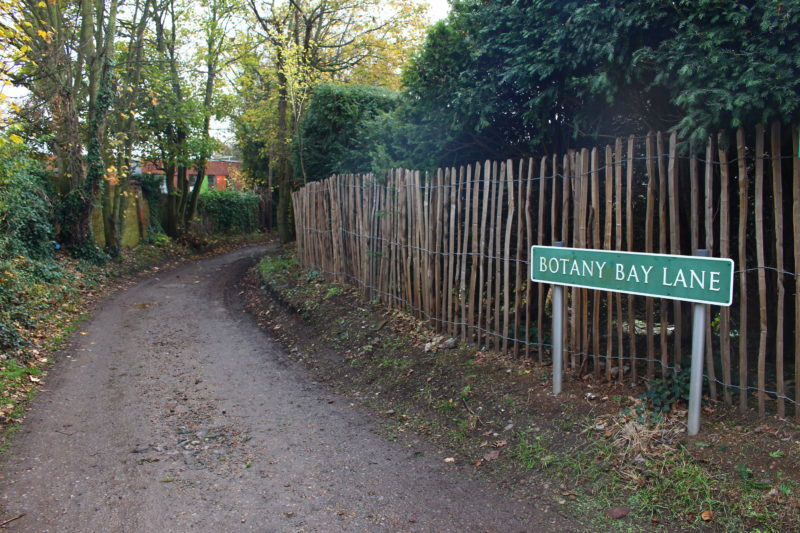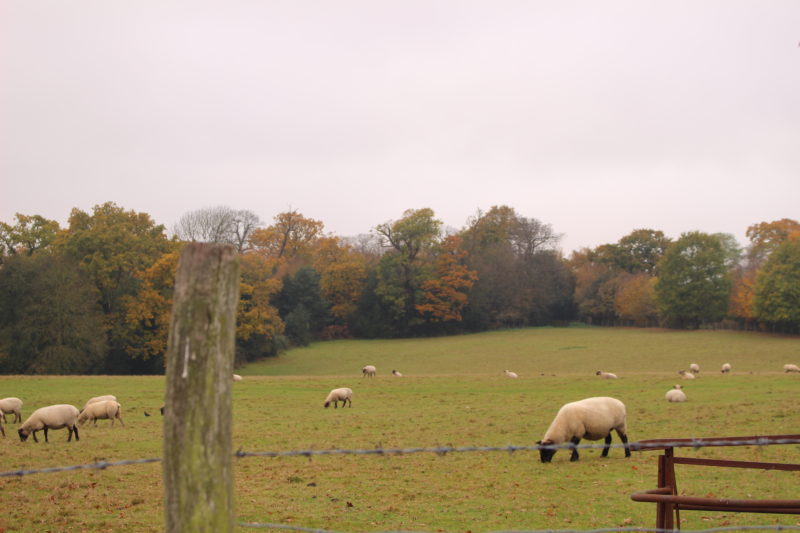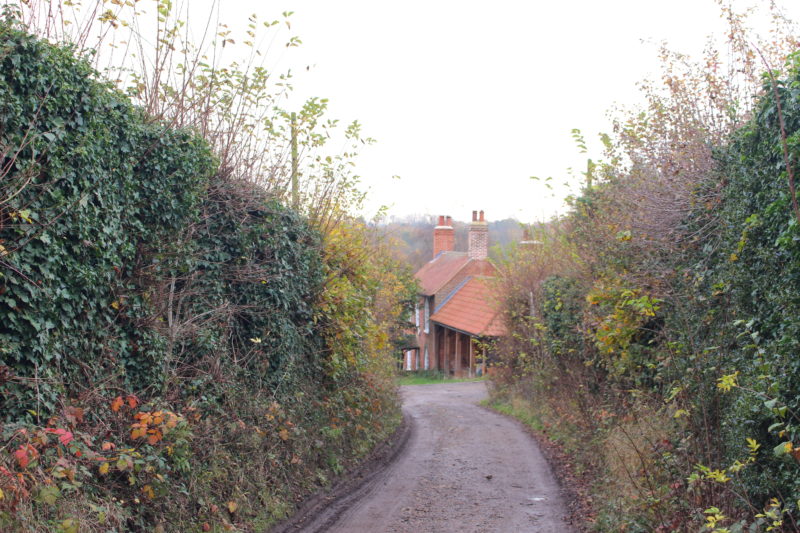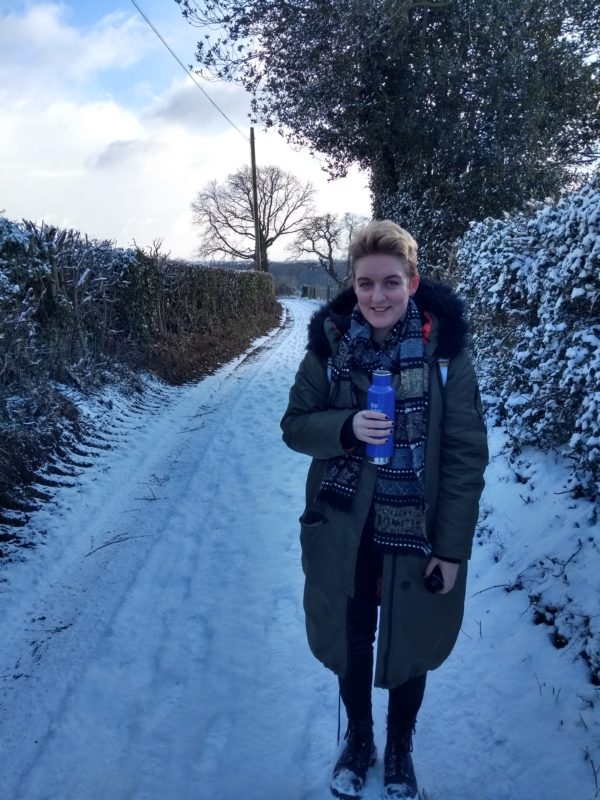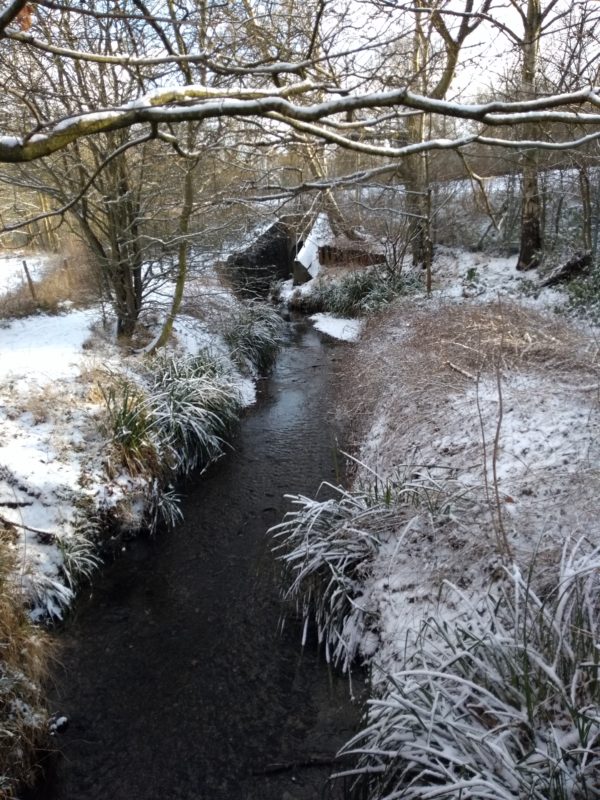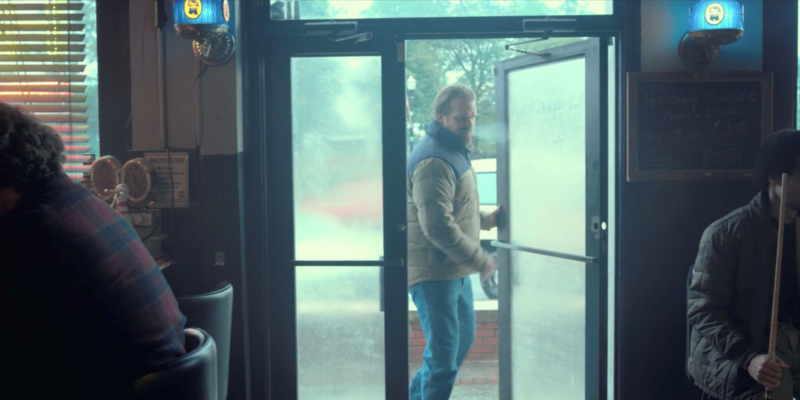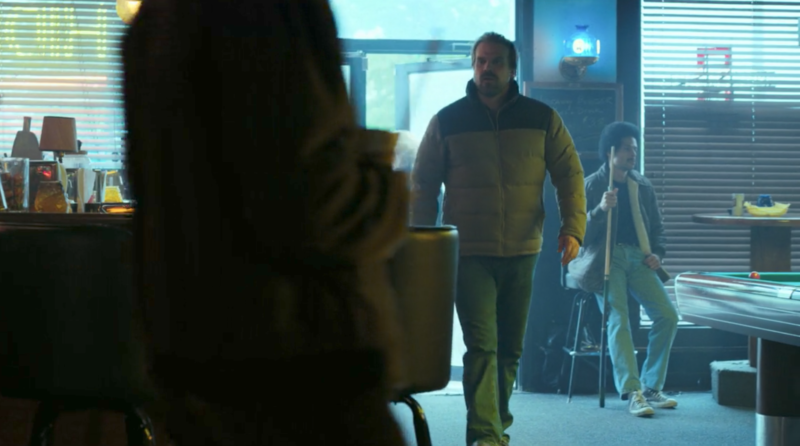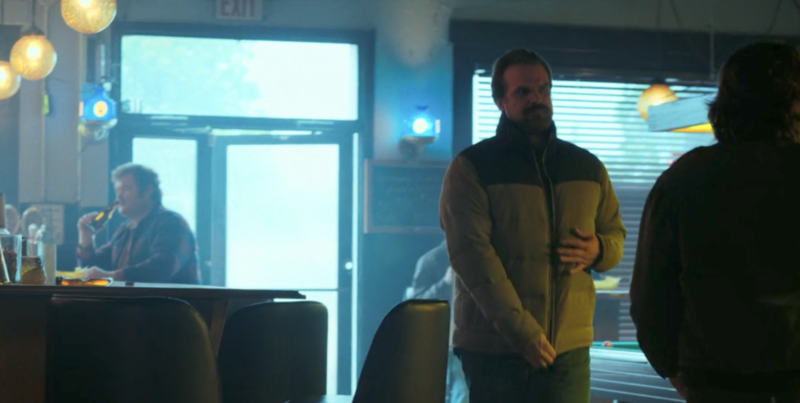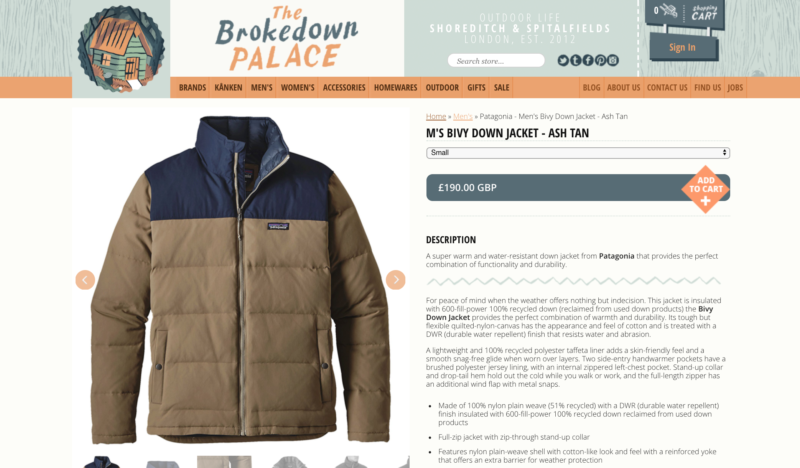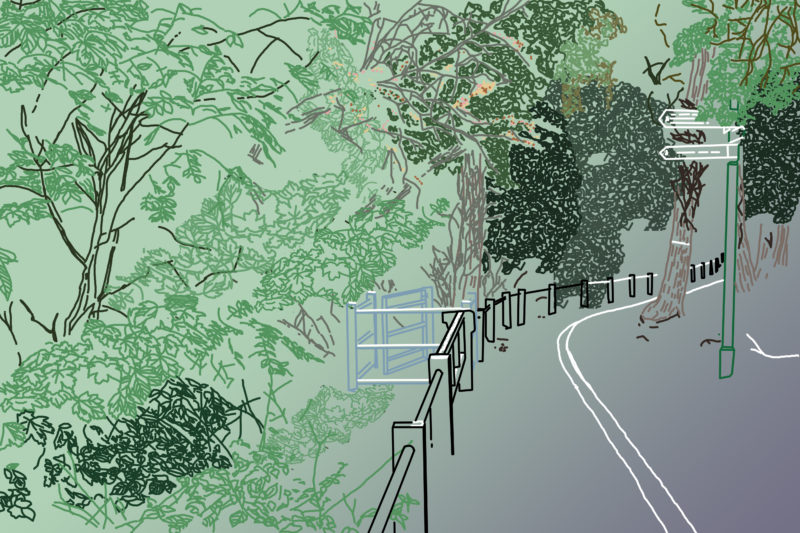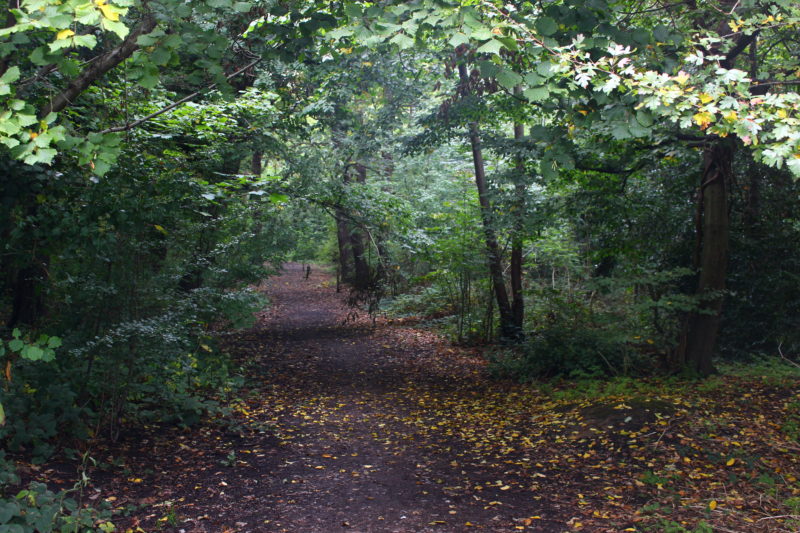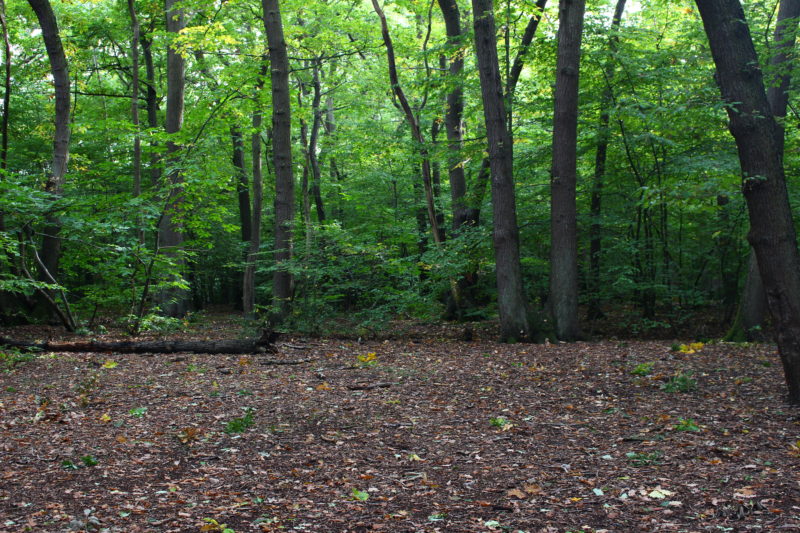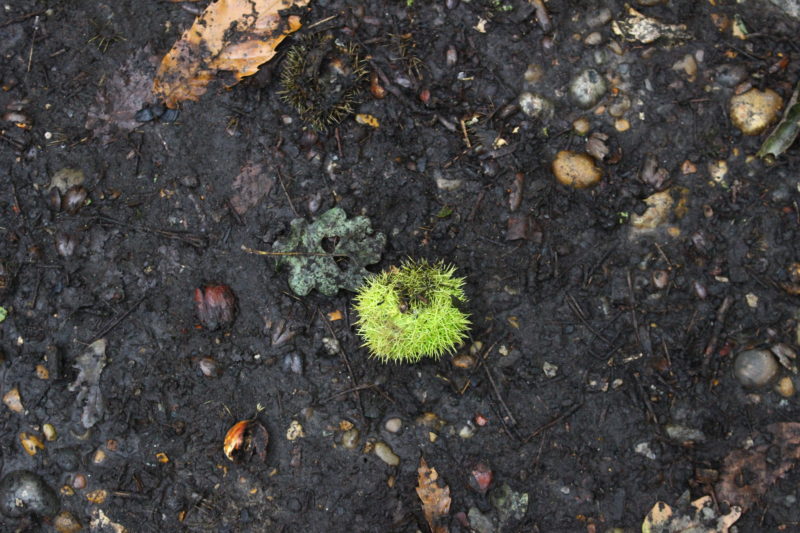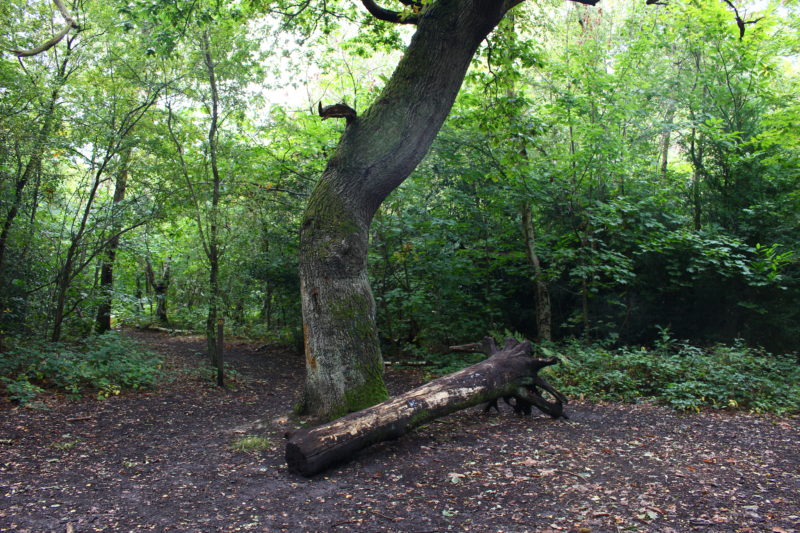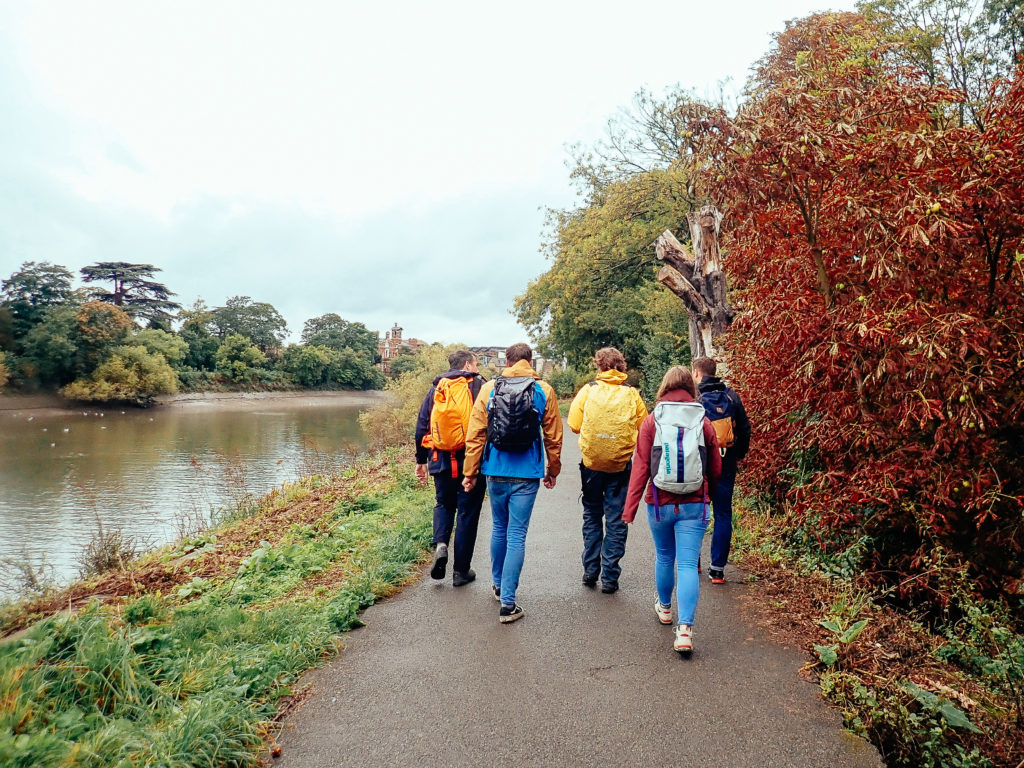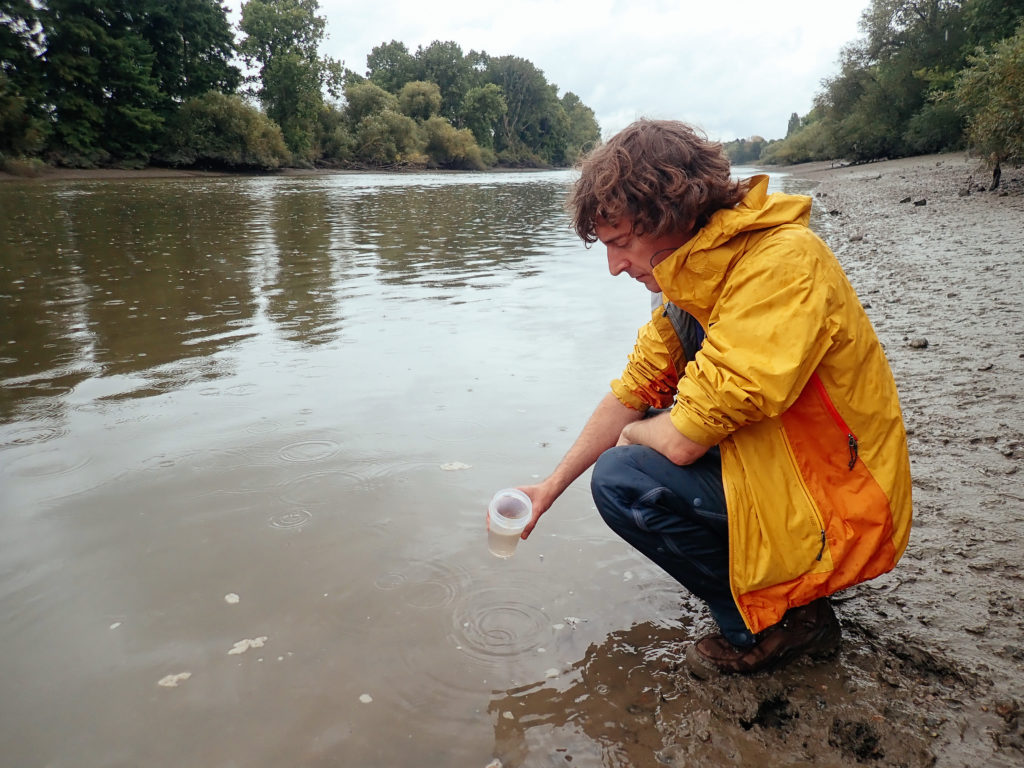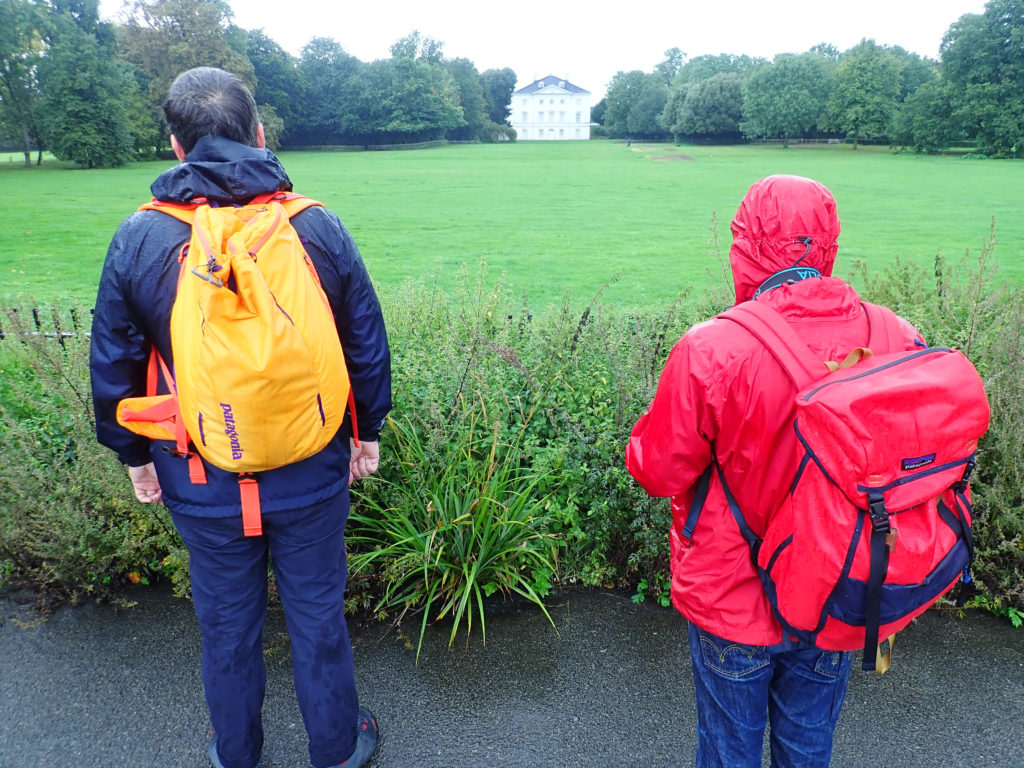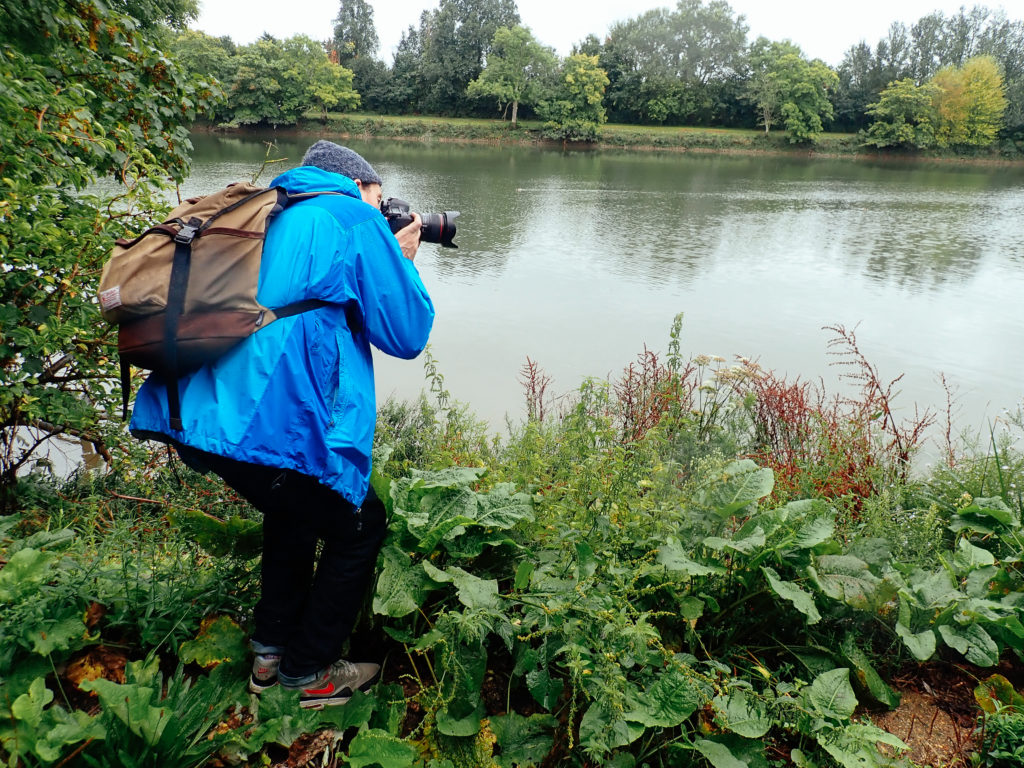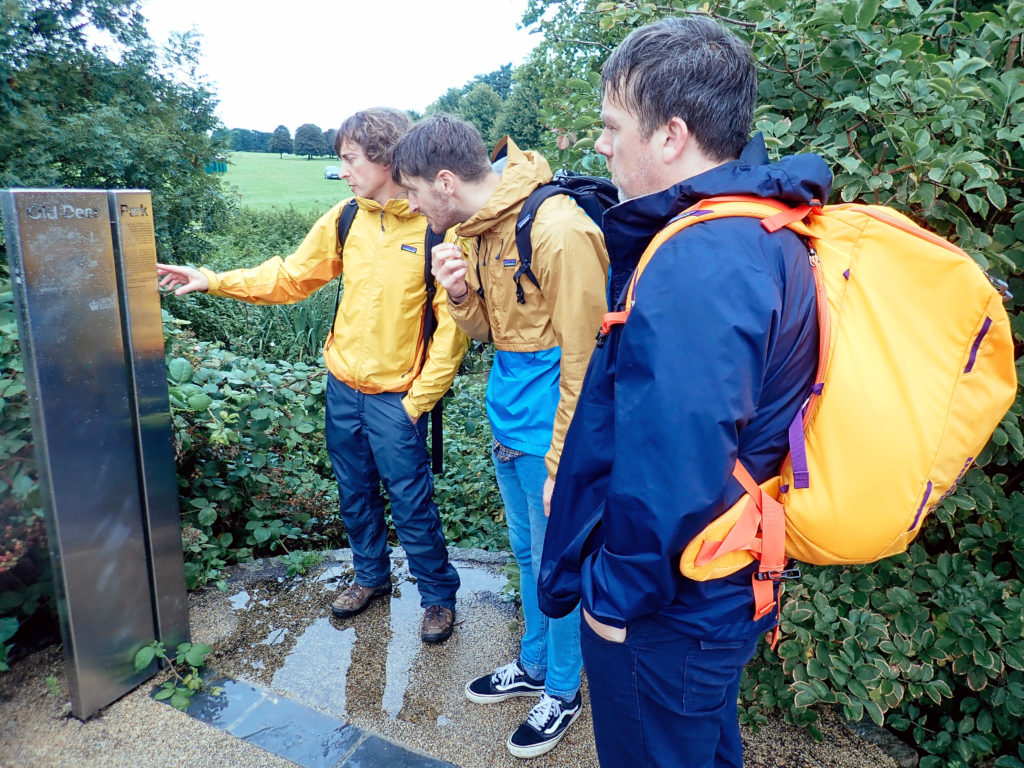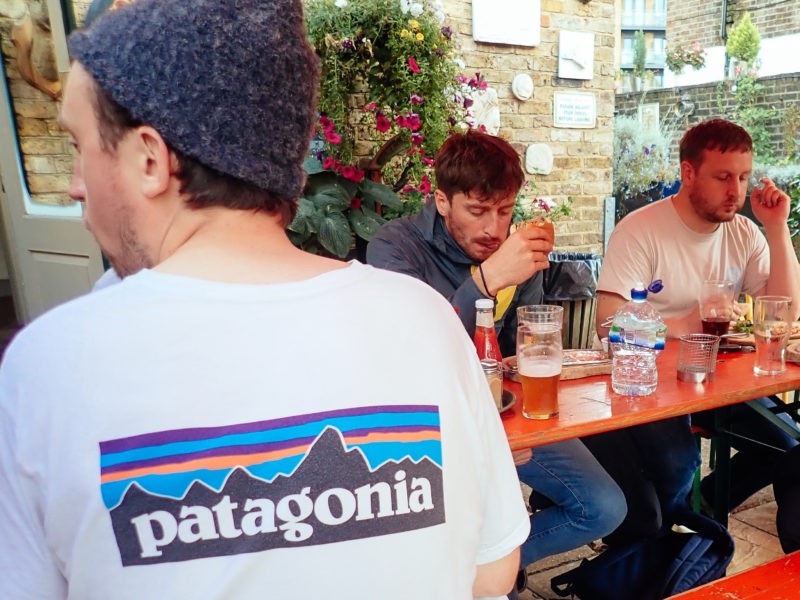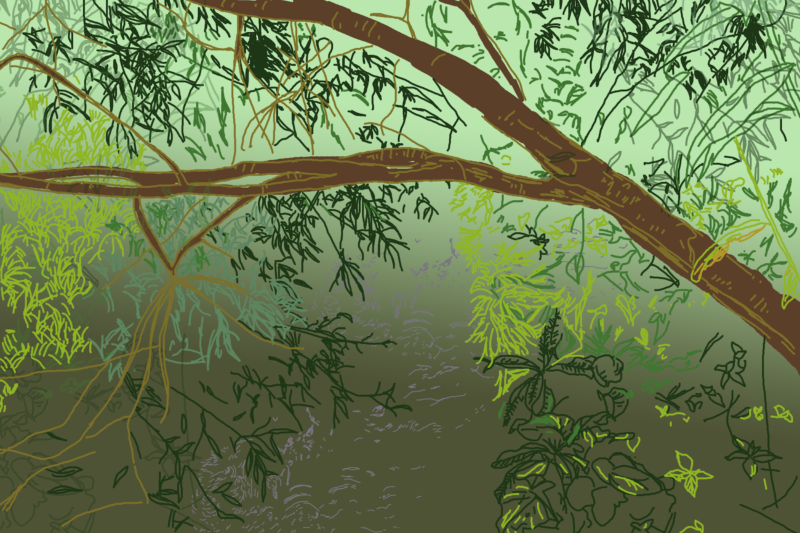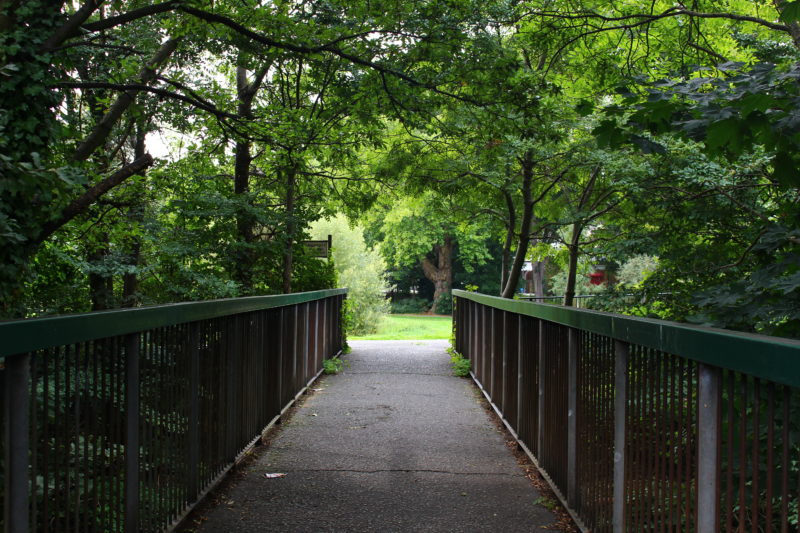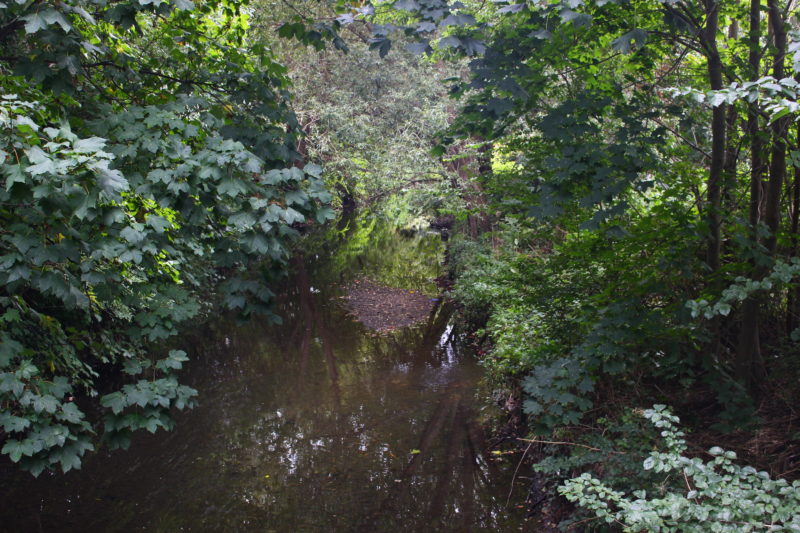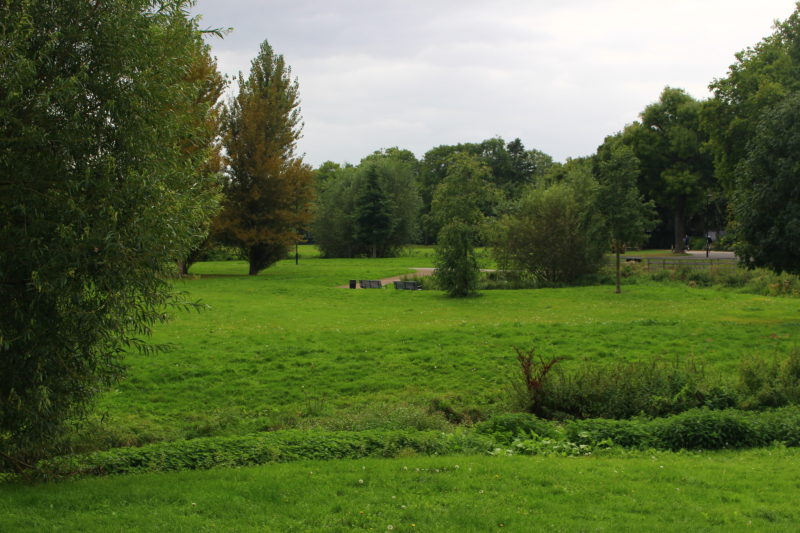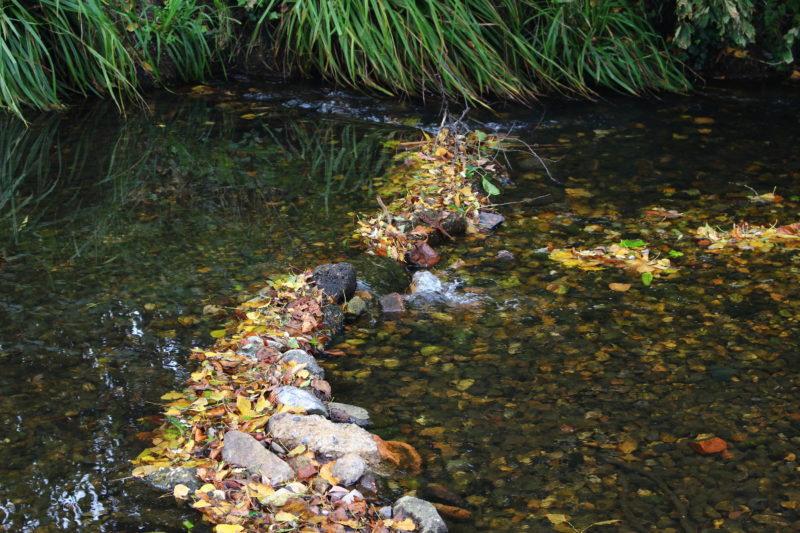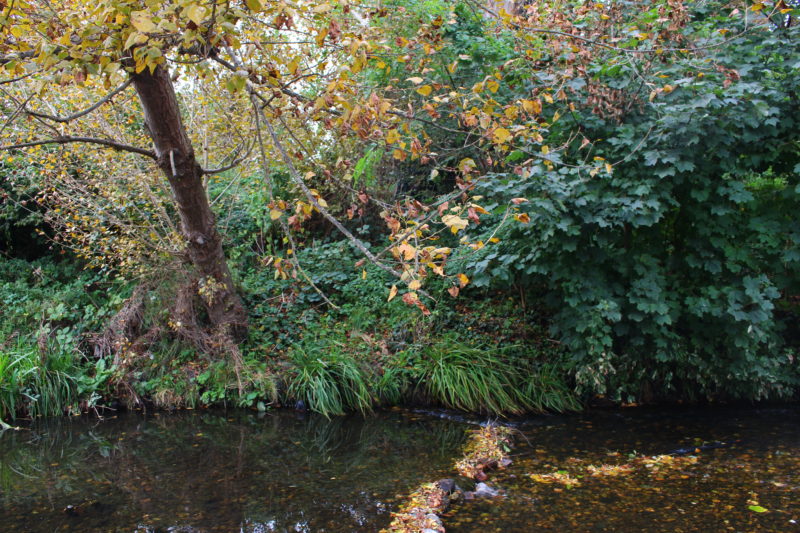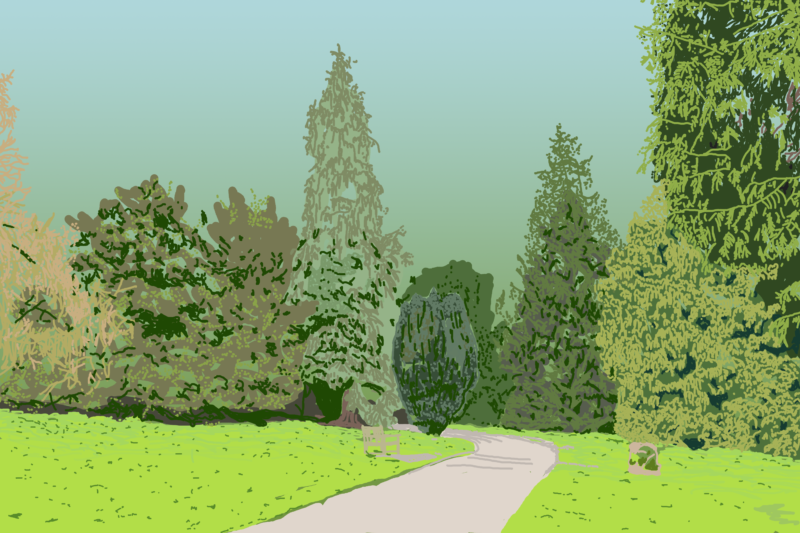
Hi again!
Last week I took the train down to Orpington to visit High Elms Country Park. This is the first time in the wild South London series that I’ve been somewhere that’s more than just a wild space with walking trails signposted, or a park; High Elms has a visitor centre and regularly runs educational workshops for kids.
Parts of the park were fairly busy when I went, and it’s also very popular with dog walkers- so it wasn’t the most remote place I’ve been! The whole place is very well signposted, and there’s a lot of varied woodland, as well as open spaces great for picnics and games.
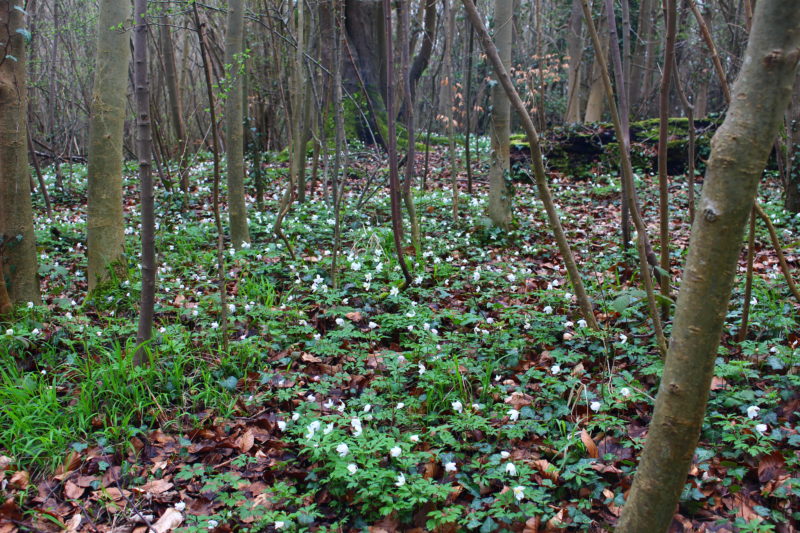
The route I took began at Orpington station and took me through the suburbs of the town until I reached the village of Farnborough, which with its quaint cottages and beautiful little church is very picturesque.
The walk goes through the churchyard and out the back, into a wide open space with a stunning view of the hills of Kent. From this point on, it’s very well signposted.
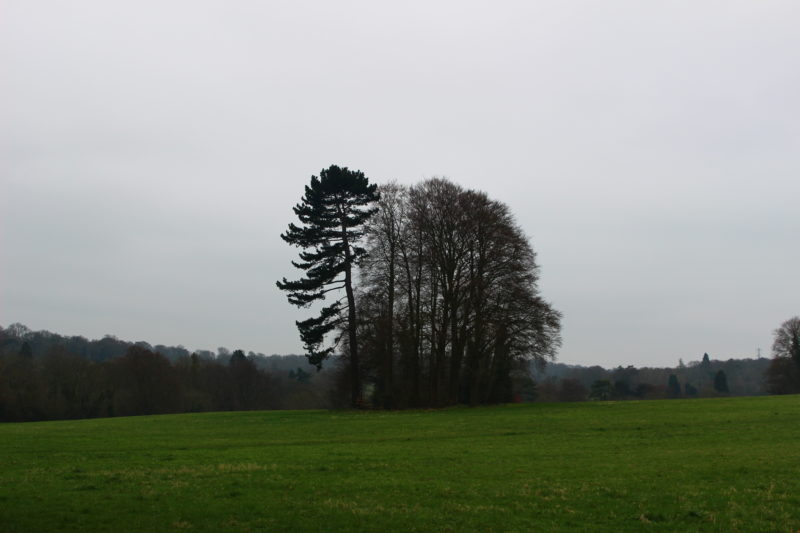
There’s something really exciting about heading towards those hills; it feels like the start of an adventure! There’s then a walk through a piece of woodland, before you cross the road to enter the carpark of High Elms.
There are lots of different trails to follow through the woodland; I was in the mood for open spaces, so I was especially pleased to find this view at the top of a hill!
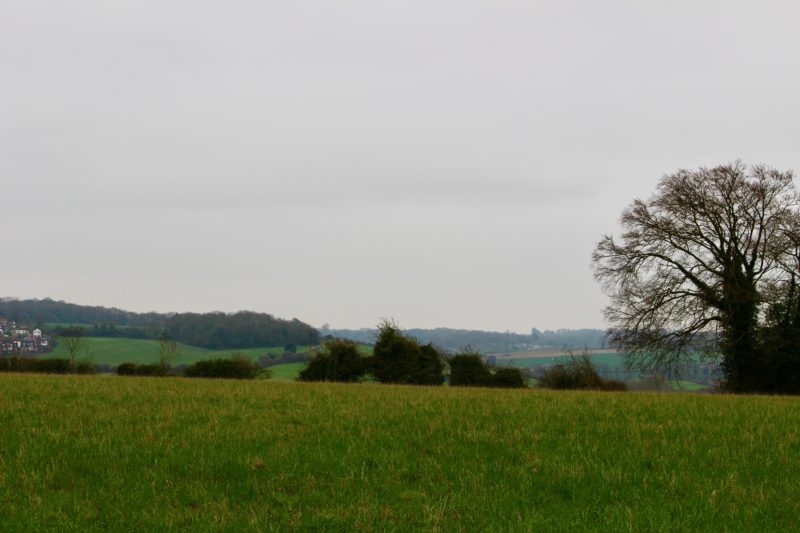
High Elms is evidently well cared-for, and a local gem for families and ramblers alike. It’s easy to access, with trains straight from Charing Cross and Cannon Street running regularly; and if you don’t fancy the walk through the suburbs that it takes to get to the park from Orpington station, the bus station is right outside, with buses running by the park entrance every ten minutes or so.
Next time I should be exploring deeper into Kent, taking a day trip to Shoreham! Hopefully the weather will improve in time for that…
Rhi xx


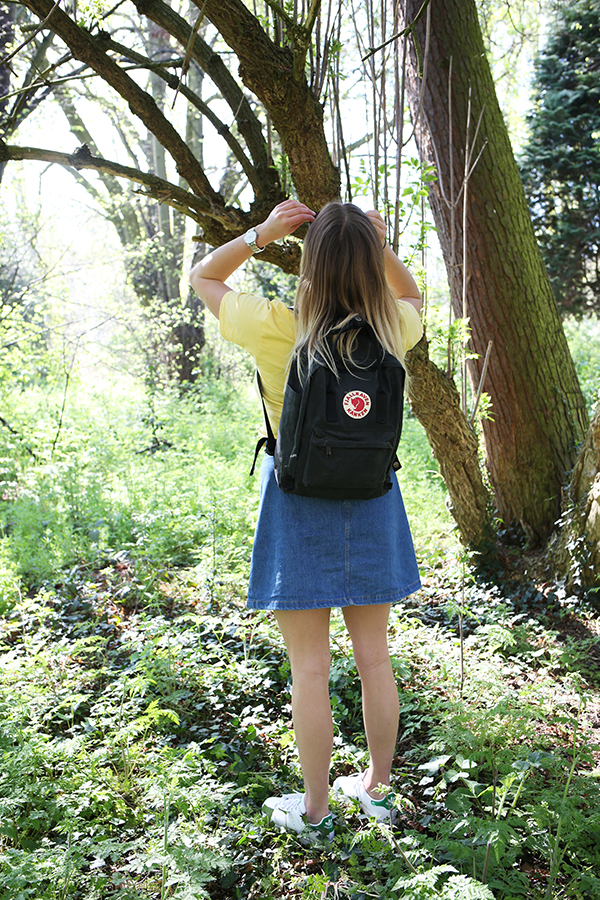

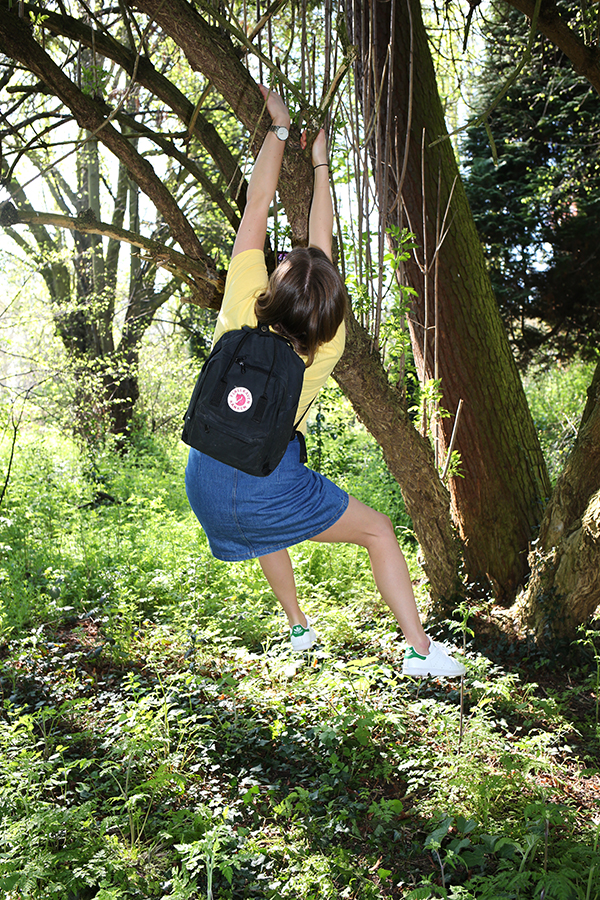

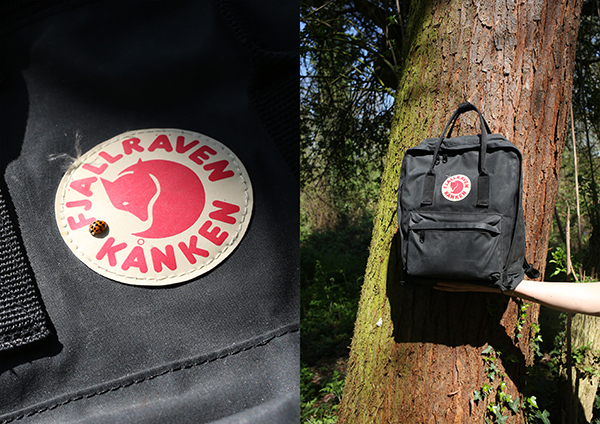

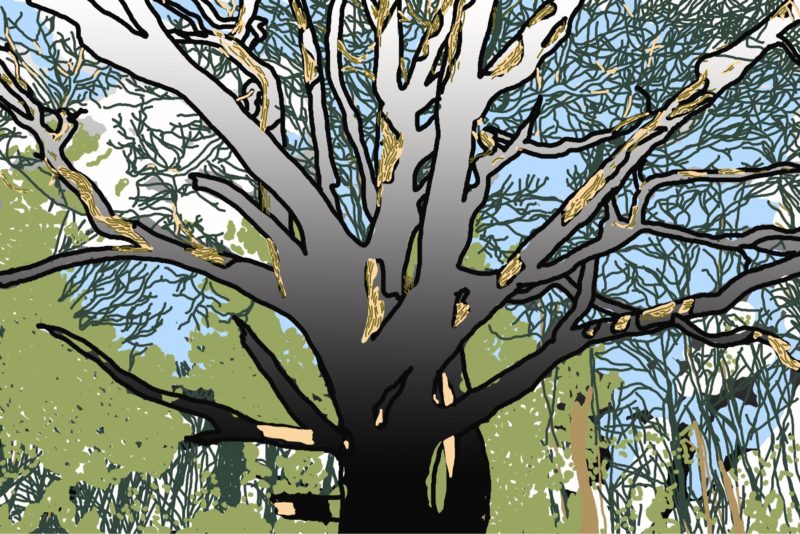 Hi again!
Hi again!